The Best Second-Hand Wheelchair Accessible Vehicles (WAVs)
Choosing a second-hand Wheelchair Accessible Vehicle (WAV) is a big decision. There are many impo...
A Wheelchair Accessible Vehicle (commonly known as a WAV, wheelchair adapted vehicle or mobility car) is a vehicle that has been specially adapted to enable a wheelchair user to travel safely and comfortably while seated in their wheelchair.
A WAV is suitable whether you are a driver or passenger and many people opt for a WAV when transferring in and out of a standard car starts to become increasingly difficult.
Some people will lease a WAV with the help of the Motability Scheme, while others choose to visit a specialist and buy their own brand new or second-hand WAV.
There are many different types of Wheelchair Accessible Vehicles. In order to select the right one for you, think about if you would like to drive your WAV (either from your wheelchair or by transferring to a specialised seat) or travel as a passenger, which you can do upfront next to the driver or, more commonly, towards the rear of the vehicle in what's known as a Rear Passenger WAV.
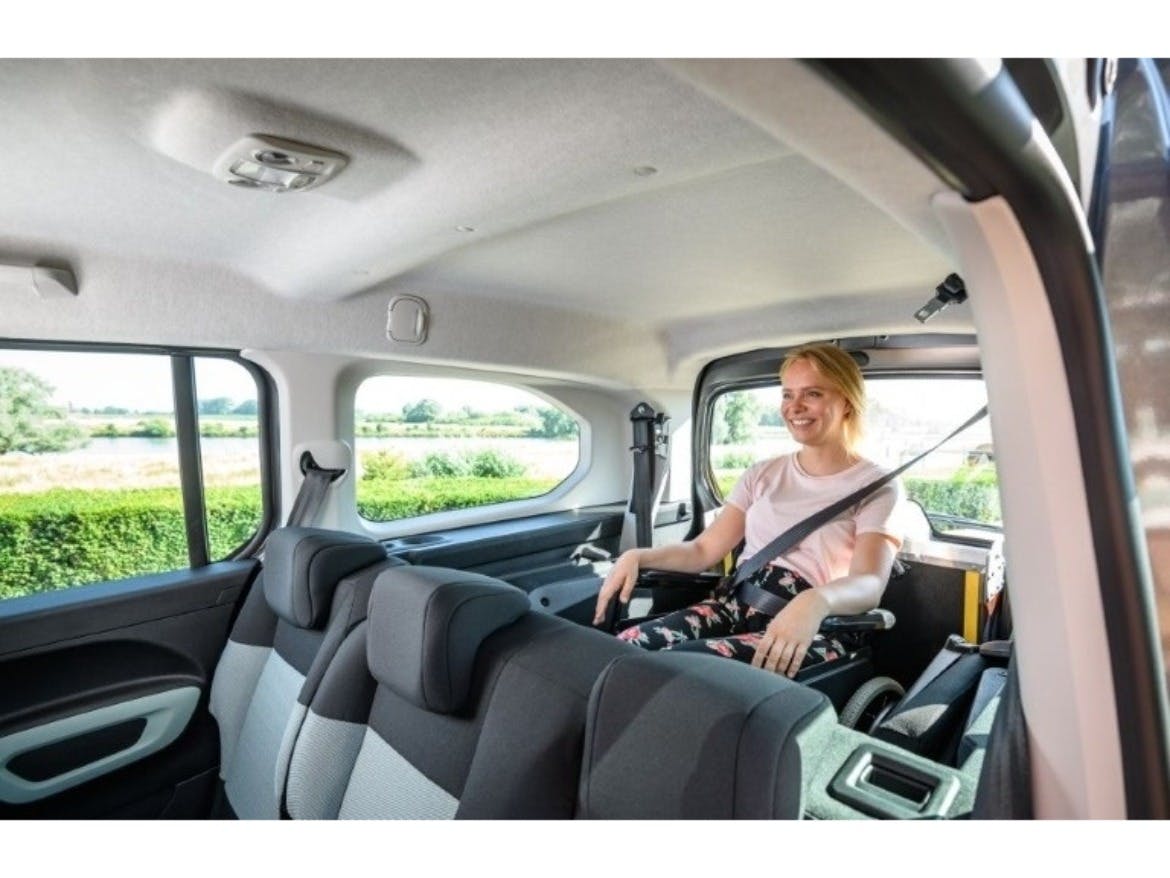
In a Rear Passenger WAV the wheelchair user will travel in the back. You'll get in and out via a ramp or a lift from the rear or the side of the vehicle. The wheelchair will be secured in position with a wheelchair restraint (usually a manual four-point tie down securing system). Many WAVs also include a powered winch to help pull the wheelchair into the vehicle. Rear Passenger WAV’s are the most cost-effective option and by far the most popular type of brand new and second-hand WAV.
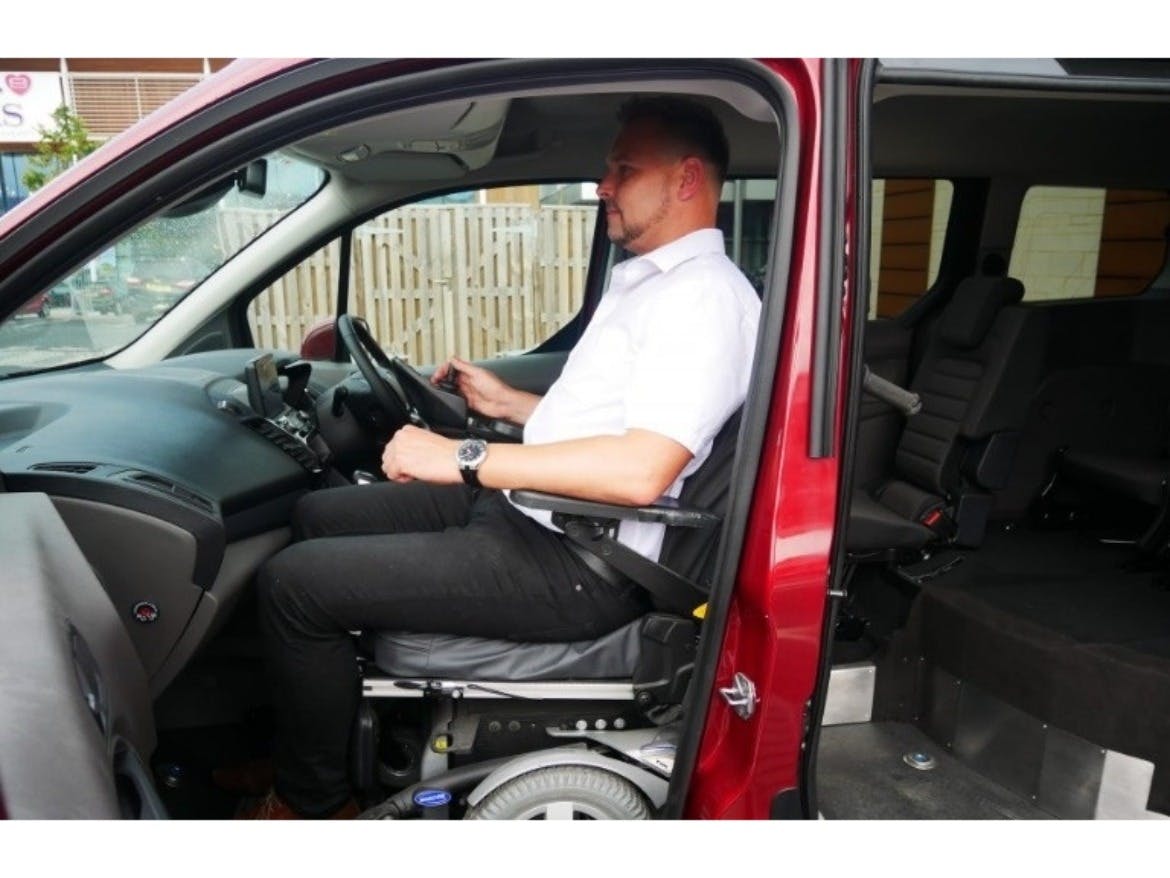
An Upfront Passenger WAV is designed to enable the wheelchair user to sit in the front next to the driver. The front passenger seat is removed to create a space for the wheelchair. This increasingly popular solution is ideal for people who want to travel side by side and for wheelchair users with certain assistance needs.
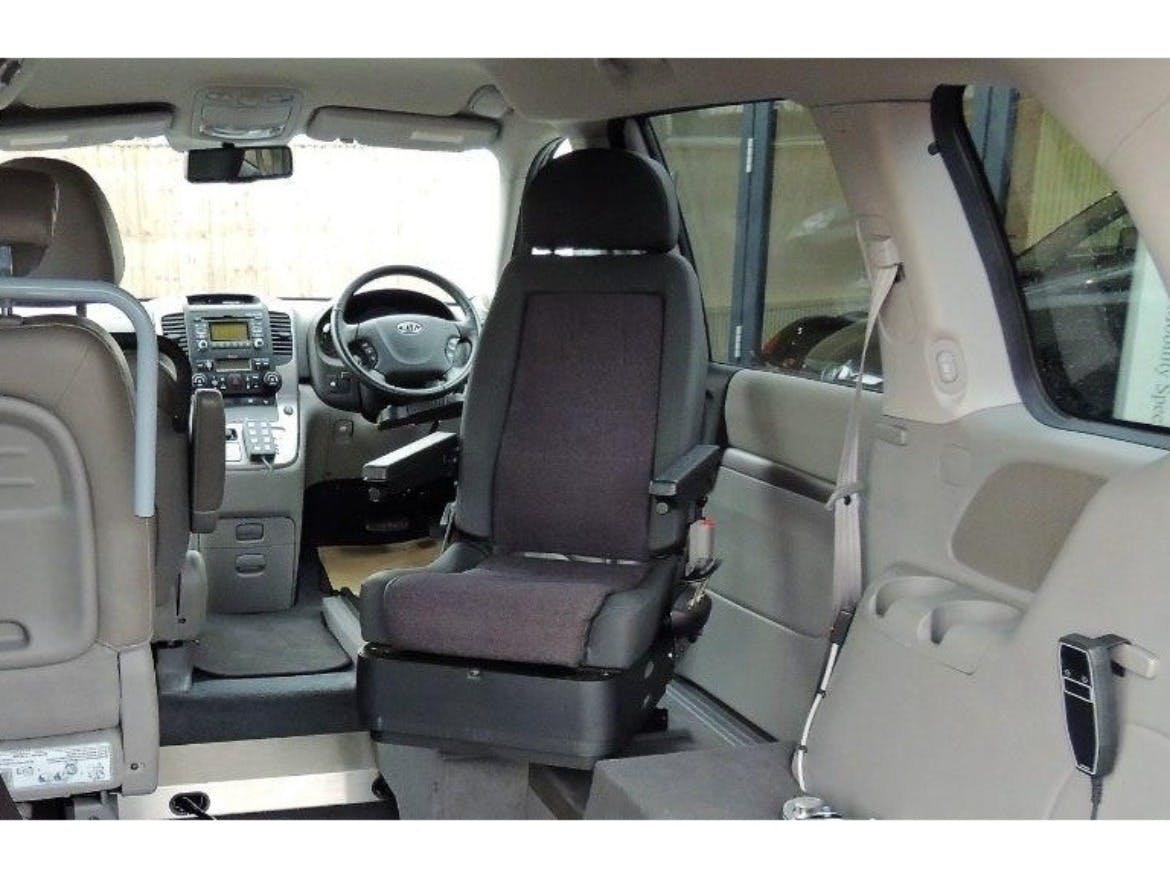
An Internal Transfer WAV is designed to enable the wheelchair user to drive from a ‘standard’ driver seat. You safely transfer from your wheelchair to the driver seat while inside the vehicle. This type of WAV means that you don’t need to dismantle or lift your wheelchair and is best suited to people who can comfortably transfer to a seat unaided. A transfer WAV is usually fitted with a powered, rotating six-way seat that moves up, down, forwards, backwards and rotates 90 degrees to help the driver find the optimum transfer position.
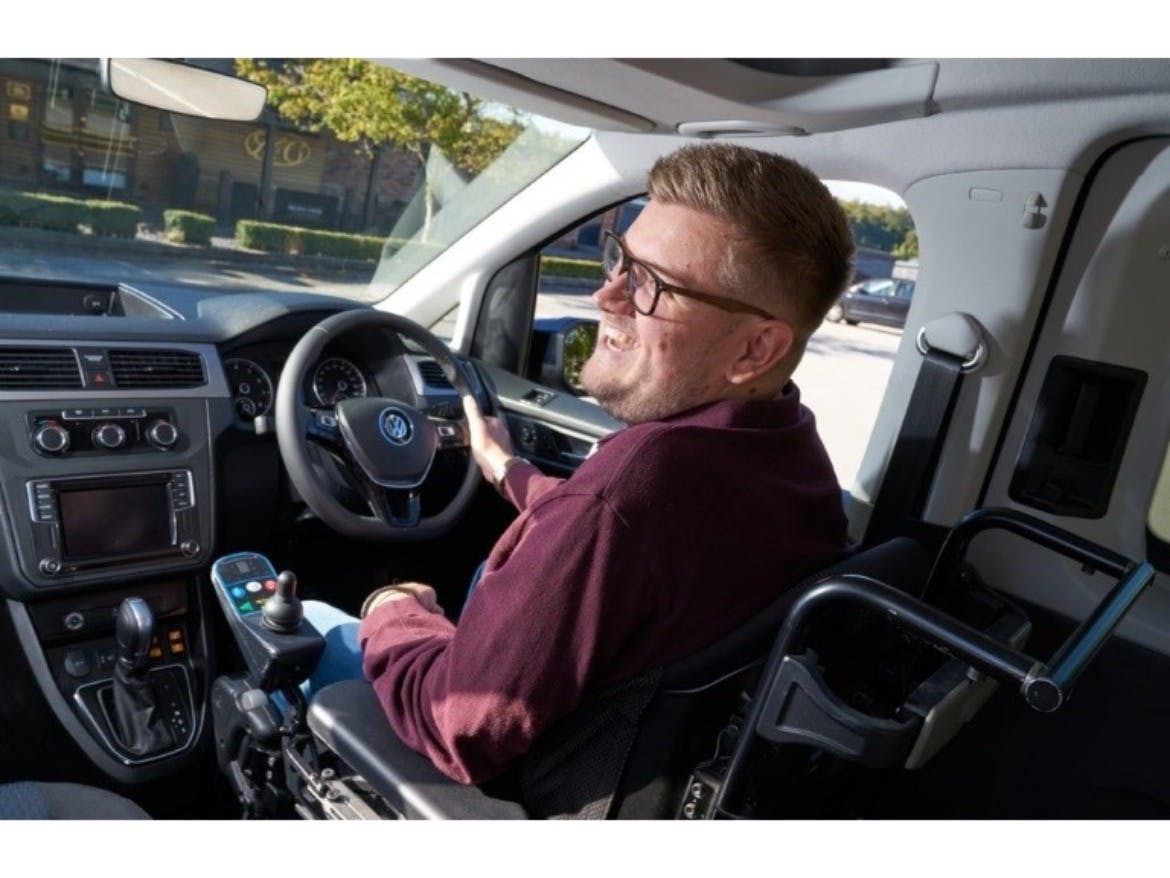
Drive From WAVs are designed for wheelchair users to drive whilst seated in their wheelchair. This is the ideal solution if you cannot or prefer not to transfer from your wheelchair to a standard driver’s seat. Drive From wheelchair vehicles also offer a space for you to travel as a passenger in your wheelchair (either in the front, mid row or rear) for those times when you don’t want to drive. The driver’s seat can be safely reinstalled for your companion to drive. Bespoke driving adaptations can be fitted to suit specific requirements as well as an automated wheelchair locking system. Due to the complex conversion process, prices are higher than a Rear Passenger WAV.
New Motability WAVs
Used Drive From Wheelchair Driver WAVs Used Passenger / Driver Switch WAVs
If you would like to drive a WAV you can find out more about Driving Mobility here, the UK’s network of assessment centres offering information, assessments and advice about driving with a disability and mobility.
Many wheelchair users choose a WAV because it means you can travel in your wheelchair without the need to transfer into a standard car seat (and then work out a way to load your wheelchair into the vehicle). WAVs are also increasingly used by scooter users who find it easier to load their scooter into their vehicle via a ramp instead of a hoist. To select the right WAV for you, you may want to think about the following:
Most WAVs are fitted with a ramp either at the rear or the side of the vehicle. Many WAVs with a rear ramp also come with an electric loading wheelchair winch to help the wheelchair user safely access and leave the rear of the WAV. Other WAVs (mainly larger vehicles) are fitted with a wheelchair lift. Consider which is best for you in terms of your ability to manoeuvre up and down a ramp.
WAVs are designed with an entry and exit system at either the rear or the side of the vehicle. To decide which is best for you, think about where you are going to park, i.e. if you have on-street parking, a side entry conversion would be advisable. If you have a narrow driveway, a rear entry WAV may be more suitable.
When choosing a WAV make sure you try out the ramp at home where the vehicle will usually be parked (most suppliers will let you have a home demonstration) to see how easily and safely you can get into and out of the vehicle.
Most WAVs are based on commercial vehicles or Multi-Purpose Vehicles (MPVs) and are usually categorised into small, medium or large. To decide what size you require, think about how many passengers you need to transport and how much equipment you need to carry in the vehicle, including any additional wheelchairs, powerchairs or hoists.
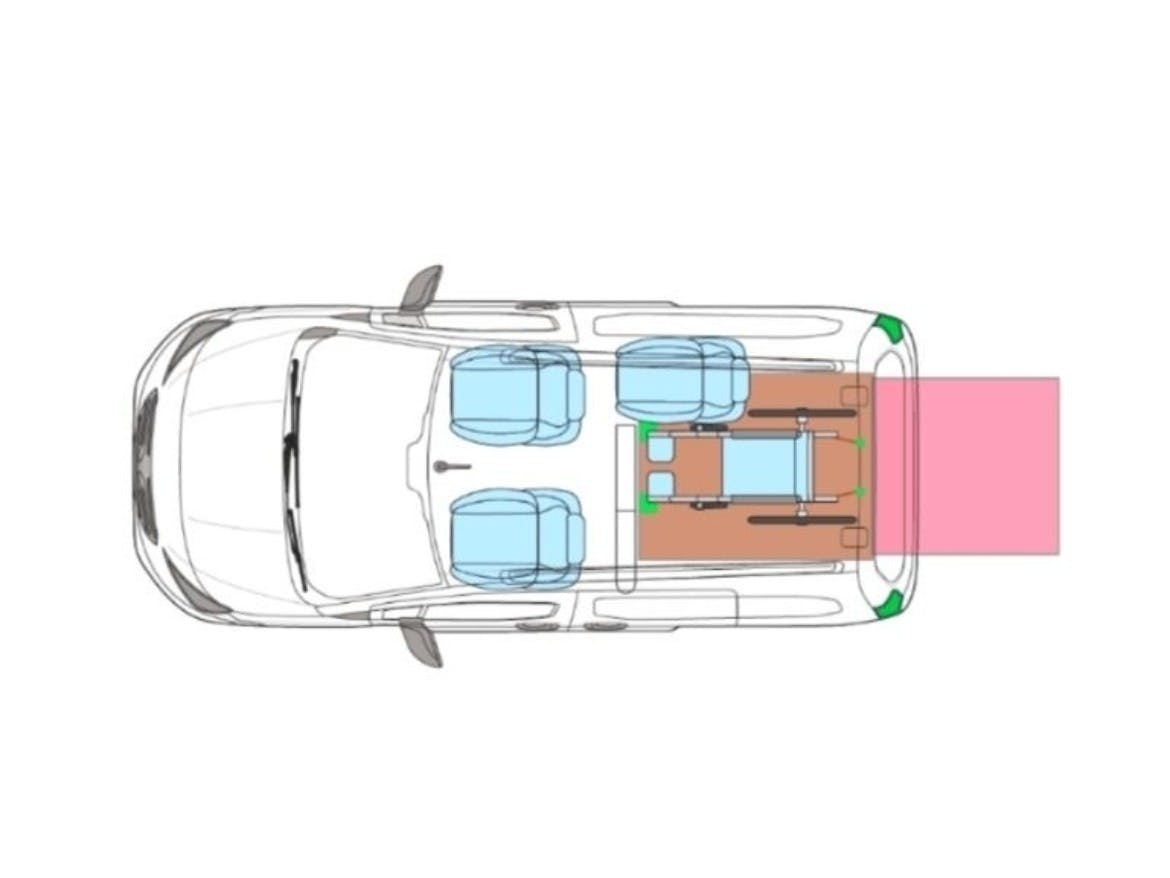
Small WAVs are converted from compact vehicles or MPVs such as the Citroen Berlingo, Fiat Doblo and Peugeot Rifter. These conversions tend to have space for the wheelchair user, the driver and one or two passengers.
The image shows the typical seating layout of a small WAV, but other configurations can be ordered.
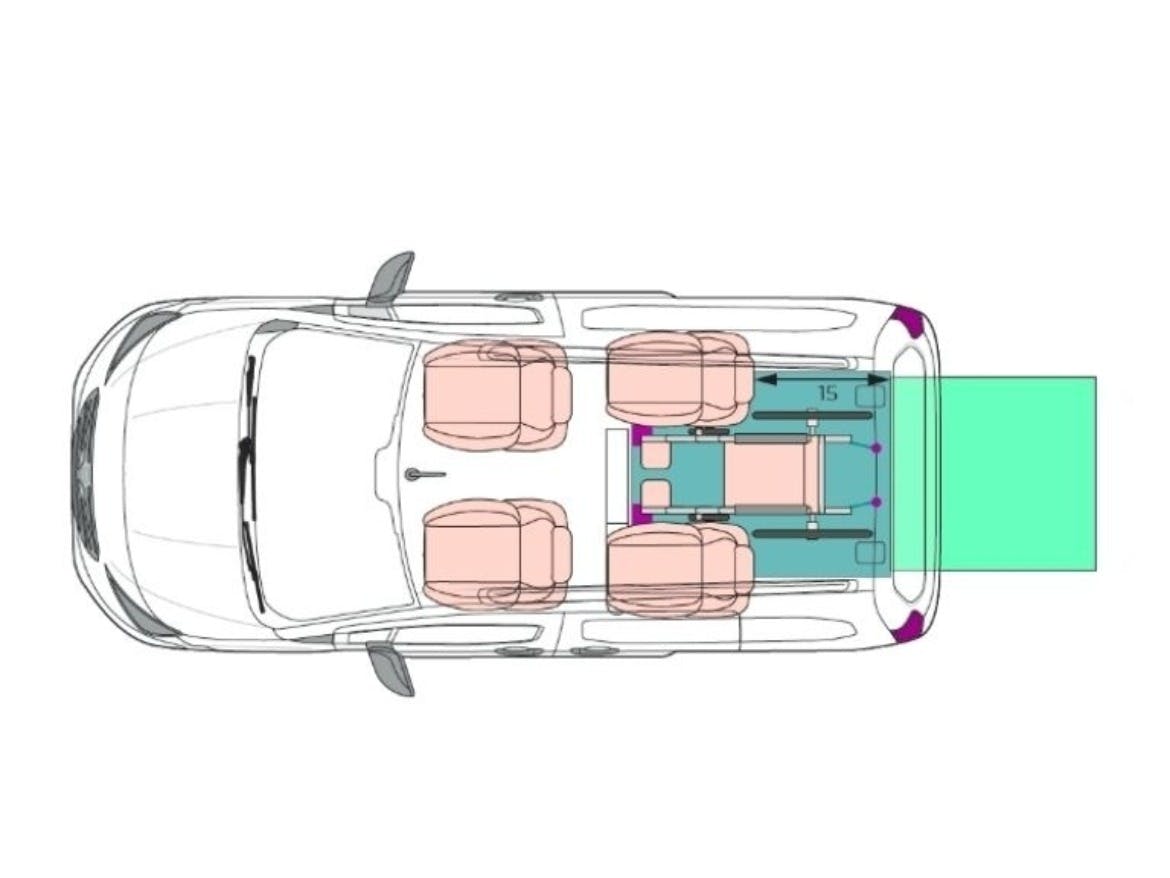
Medium WAVs are usually based on commercial vehicles such as the Vauxhall Combo Life XL, the Volkswagen Caddy Life or the Ford Grand Tourneo Connect.
The image shows the typical seating layout of a medium WAV, but other configurations can be ordered.
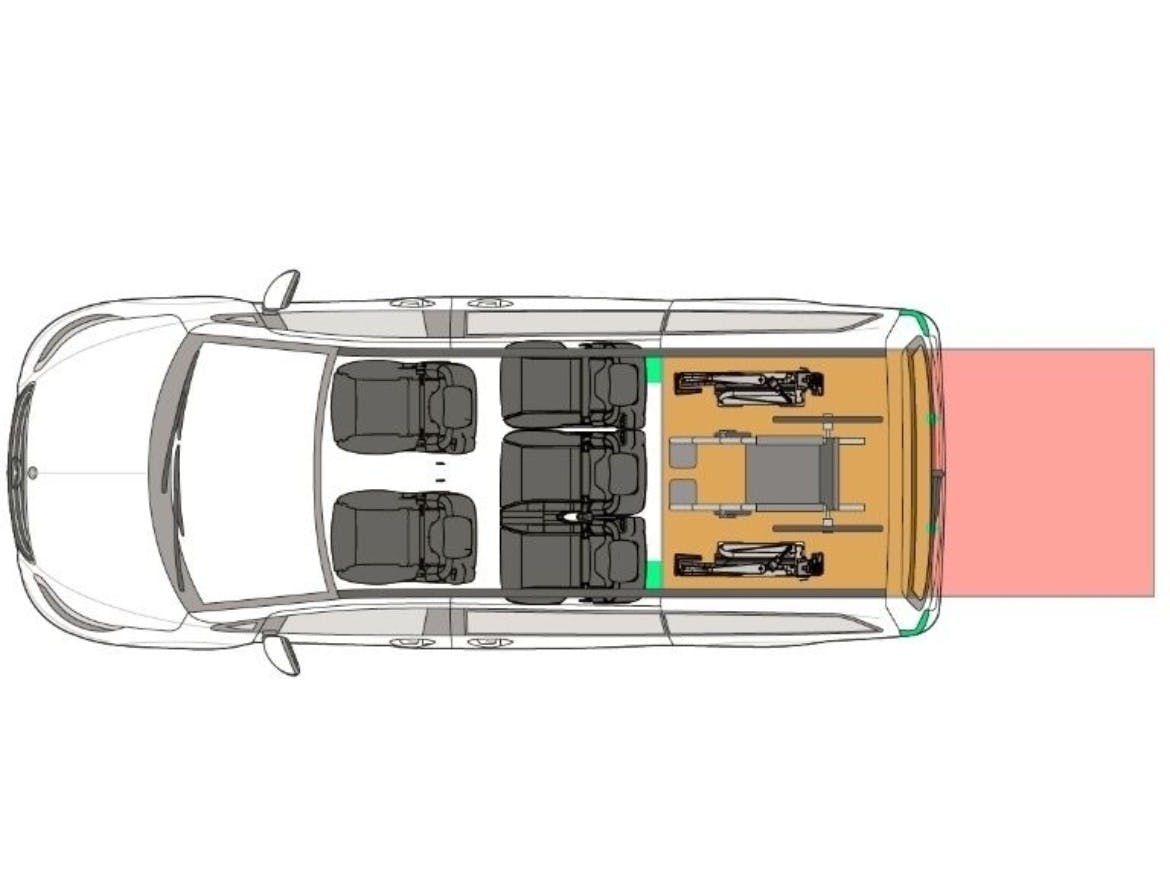
Large WAVs are based on larger commercial vehicles such as the Vauxhall Vivaro, the Ford Custom and the Citroen Spacetourer, and are a good choice if you need to regularly transport more than three passengers and plenty of equipment.
The image shows the typical seating layout of a large WAV (shown here with optional folding third row seats), but other configurations can be ordered.
While there are many standard vehicles with high roofs, a low (or no) boot sill lip and rear boot space large enough to fit a mobility scooter, getting a mobility scooter in and out of car is not always easy. A professionally-fitted boot hoist can help to quickly load a scooter into the back of a vehicle, but many mobility scooter users prefer to use a converted vehicle (with a ramp or a lift) so that they can simply guide, ride or pull (often with the help of a winch) the mobility scooter straight into the back of the vehicle.
Using a WAV with a ramp or a lift is often a much easier and safer way to transport a mobility scooter.
Search Cars & WAVs For Mobility Scooters
Most Class 2 (4 mph) and Class 3 (8 mph) mobility scooters will fit into the back of a Peugeot Partner (and Rifter) or Citroen Berlingo -sized WAV, but if you have a larger scooter it's best to check the dimensions with a WAV specialist.
All brand-new WAVs must have 'Type Approval' before they can be registered and driven on UK roads. Obtaining approval for a WAV conversion involves thorough testing of key parts, such as tensile strength and load tests, to ensure that the converted vehicle is safe and fit for road use.
For converted vehicles like WAVs, this will be one or more of the following categories:
This approval process makes sure that the vehicle complies with the law at the point of registration. Your WAV company will deal with all of this for you. You can read more on the RiDC website (Research Institute For Disabled Consumers) or ask your WAV supplier for more information.
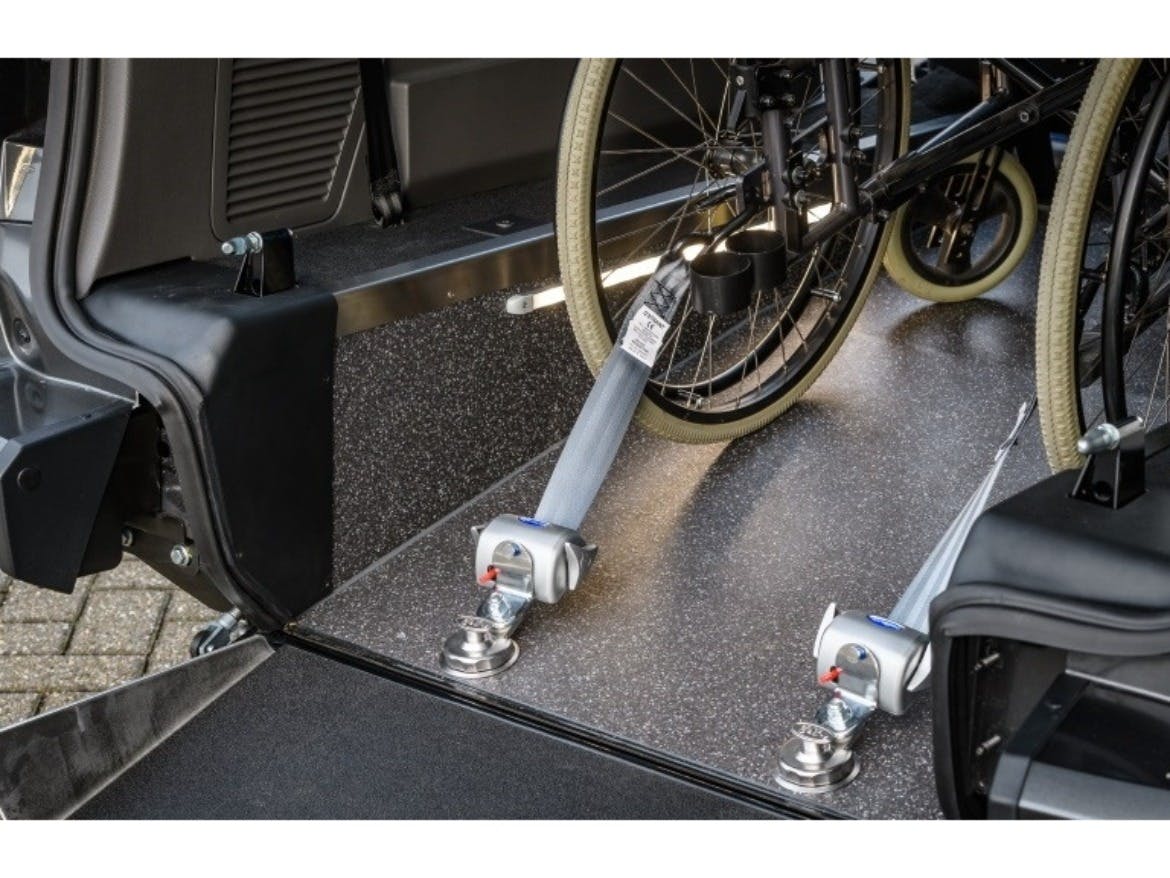
When choosing a new or second-hand WAV, aftersales service and support is essential. Make sure you ask what is included with your purchase to ensure that you are covered should anything go wrong, and check if your vehicle will require an annual service.
The period of service and warranty cover included with your WAV will depend if the vehicle is brand new or second-hand. For example, all Motability customers who lease a brand new WAV will receive a five-year warranty (to match the length of the lease agreement) so any repairs that are needed because of general wear or mechanical fault will be covered (subject to terms and conditions, i.e. warranty may be void if there is evidence of neglect or misuse).
With a second-hand WAV, you will need to ask how many months or years cover is included. Most used WAV suppliers will include a minimum of 6-12 months service and warranty cover. If your WAV is under still under the original manufacturer's warranty, if anything goes wrong with the vehicle your WAV company should come to your home to fix the problem, or arrange for it to be transported and fixed at their premises.
The conversion element of the WAV (as opposed to the vehicle itself, which will still be covered by the original vehicle manufacturer) should also be checked regularly.
If you have a new WAV, your supplier should come to your home annually to ensure that the WAV conversion is in full working order. An annual service done by the WAV converter would normally include checks on the tailgate, side sliding door and ramp, seating, wheelchair restraints, wheelchair user seat belts, lights and indicators plus any additional driving or access adaptations (if applicable and fitted by the WAV supplier). Minor issues should be fixed there and then. If there is something more significant that needs addressing, your WAV may be taken away for repair and delivered back to you as soon as it has been fixed.
Choosing a second-hand Wheelchair Accessible Vehicle (WAV) is a big decision. There are many impo...
Wheelchair Accessible Vehicles (WAVs) have so many amazing benefits for wheelchair users, their f...
Whether your mobility scooter is Class 2 or Class 3, it gives you freedom. We won’t be the first ...
Choosing a Wheelchair Accessible Vehicle is a big decision, and the right one for you will depend...
Upcoming regulations that will change how vehicles are made are set to cause huge disruption to m...
The Motability Scheme is a great way to enjoy the use of a car or a Wheelchair Accessible Vehicle...
Motability have updated their new car and Wheelchair Accessible Vehicle (WAV) Advance Payment pri...
If you've started shopping for a new Motability Scheme car and want to know which new models coul...